UFFINGTON
The
Vale village of Uffington, just south of the Berkshire Downs,
is well worth a visit with many fine examples of cottages
built of local chalk, many of them thatched. The centre
of the village, near St. Mary's Church, being perhaps
the prettiest part.
St.
Mary's tends to dominate the village and is known as The
Cathedral of the Vale. It is a large cruciform building
with an octagonal tower and is a fine example of an Early
English church. St. Mary's was built in the 13th century,
probably by craftsmen from Salisbury Cathedral and most
of the building dates from that time. For the history and full information about St. Mary's Church click here.
Thomas
Hughes, author of the book Tom Brown's School Days, was born at Uffington vicarage. The book, like
several others written by Hughes, was based on local people
and places. John Betjeman, a one-time Poet Laureate, also
spent some time in the village. The old school building
houses an interesting museum about the village, its illustrious
residents and the local historic tourist attractions (see
below).
There
are good views of the Downs from the village and most
people probably associate the name 'Uffington' with the
famous White
Horse which was cu t
into the hillside above the nearby village of Woolstone 3,000 years ago and can be seen from miles around.
Part of the White Horse is just visible from the village
but the best views are probably from the London to Bristol
railway line to the north of the village. Uffington White
Horse is by far the oldest of all Britain's hillside white
horse figures and there have been many theories about
its origin. These theories and the and many myths about
the White Horse and its surrounding landscape are explored
on David
Nash Ford's Royal Berkshire History.
t
into the hillside above the nearby village of Woolstone 3,000 years ago and can be seen from miles around.
Part of the White Horse is just visible from the village
but the best views are probably from the London to Bristol
railway line to the north of the village. Uffington White
Horse is by far the oldest of all Britain's hillside white
horse figures and there have been many theories about
its origin. These theories and the and many myths about
the White Horse and its surrounding landscape are explored
on David
Nash Ford's Royal Berkshire History.
Uffington is about a mile and a half north
of the B4507 Wantage to Ashbury road close to the villages
of Woolstone and Kingston
Lisle.
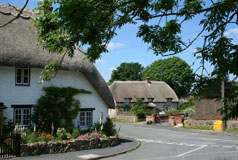
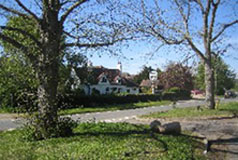
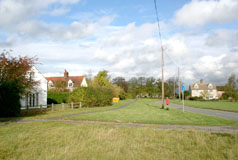
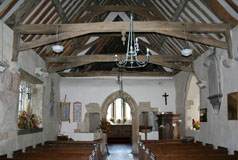
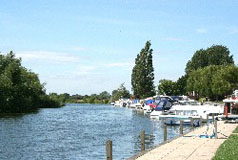
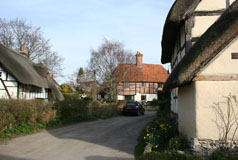
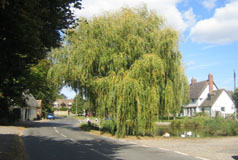
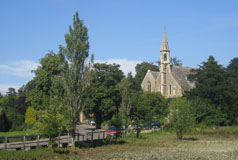
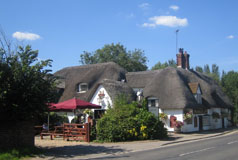
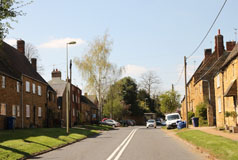
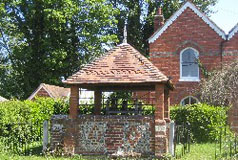
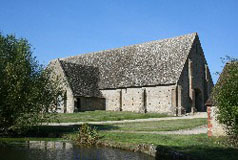
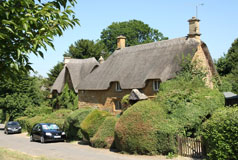
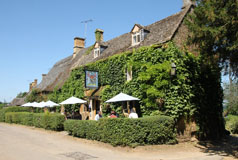
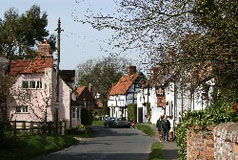
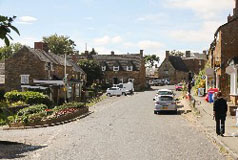
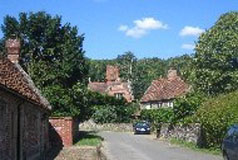
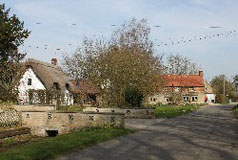
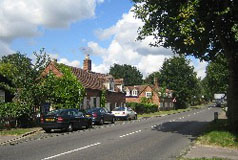
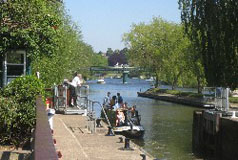
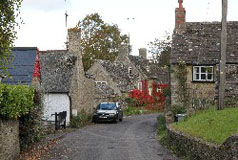
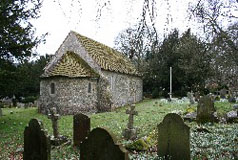
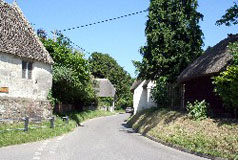
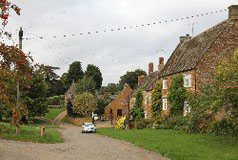
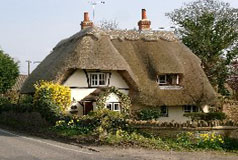
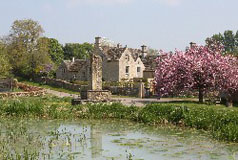
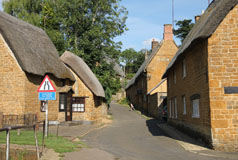

 t
into the hillside above the nearby village of
t
into the hillside above the nearby village of 








